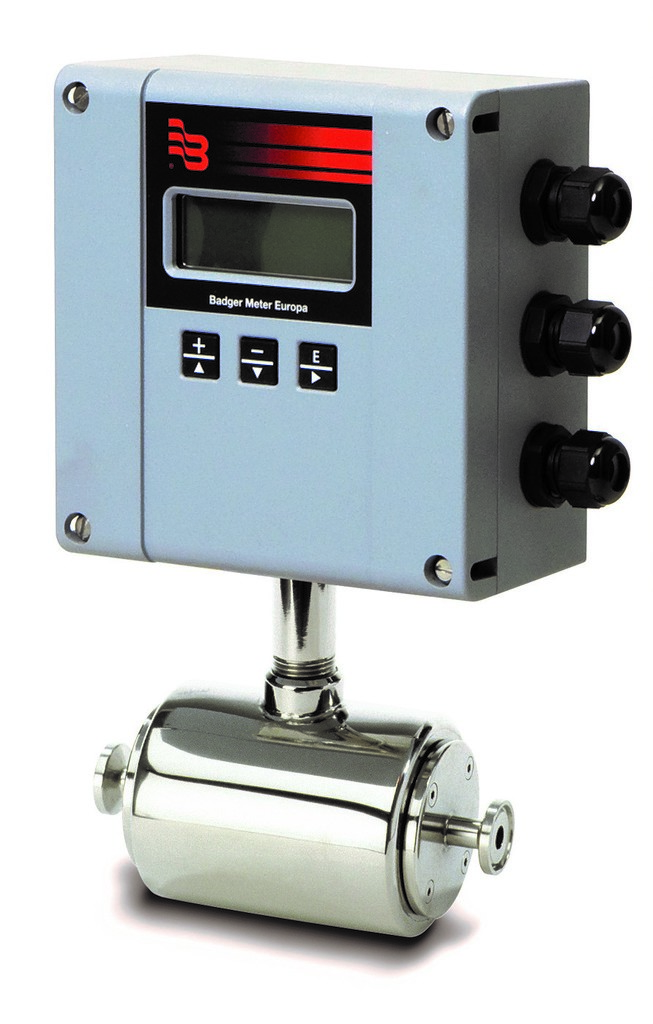

|
Edward Lowton
Editor |


|
| Home> | Plant, Process & Control | >Sensors and instrumentation | >Meter measures milk for ice cream production |
Meter measures milk for ice cream production
20 August 2019
Badger Meter's MIDF Hygienic Electromagnetic meter, supplied by Bell Flow Systems, is meeting a dairy farm's flow measurement requirements in the production of ice cream.

The dairy farm required a high accuracy meter to measure the quantity of milk being added to its product. It had to ensure the consistency in the quality of its final product, whilst also making the process more efficient. Electromagnetic meters are suitable for the food and drinks industry due to the performance of the technology, the design materials and hygienic connections available.
Electromagnetic meters are suitable for applications requiring high accuracy and can be installed into existing systems easily without lengthy installation times. The minimum desired conductivity of liquid for these models is 5 microsiemens/cm.
The MIDF has a calibrated accuracy of ±0.2%, it has high repeatability and long-term stability. The practical application of these features is that the dairy farm management could be confident that each measured batch would have the same accurate volume of milk. The MIDF Electromagnetic meter's easy to read backlit LCD display shows flow rate and both the accumulated total, as well as the batch total, which made their process more transparent and production process more efficient.
In food-grade applications, the MIDF meter is suitable due to its stainless steel housing and high temperature PTFE liner. It has a straight through design and no moving parts, which facilitates quick and easy cleaning. The principle of this meter guarantees almost zero pressure loss, whilst also reducing wear ensuring minimal maintenance is required. Another important requirement in the food and beverage industry are the meter's connections. The MIDF Electromagnetic meter can be supplied with Tri-Clamp connections BS4825/ISO 2852, or DIN 11851 process connections dependent on the application.

















